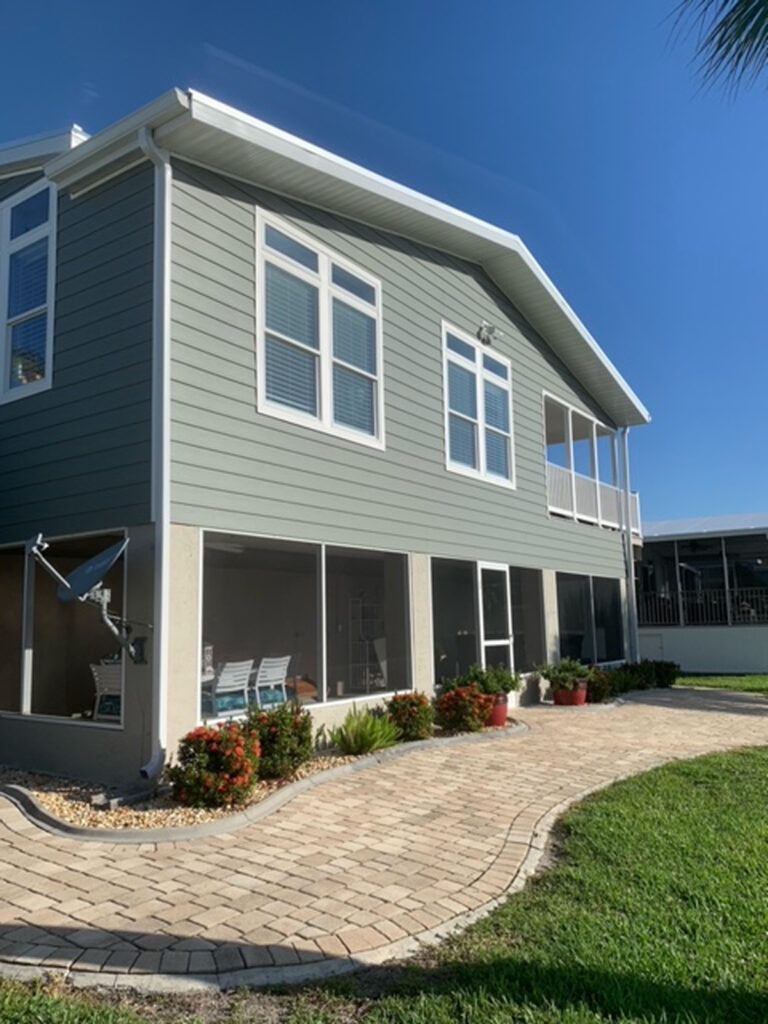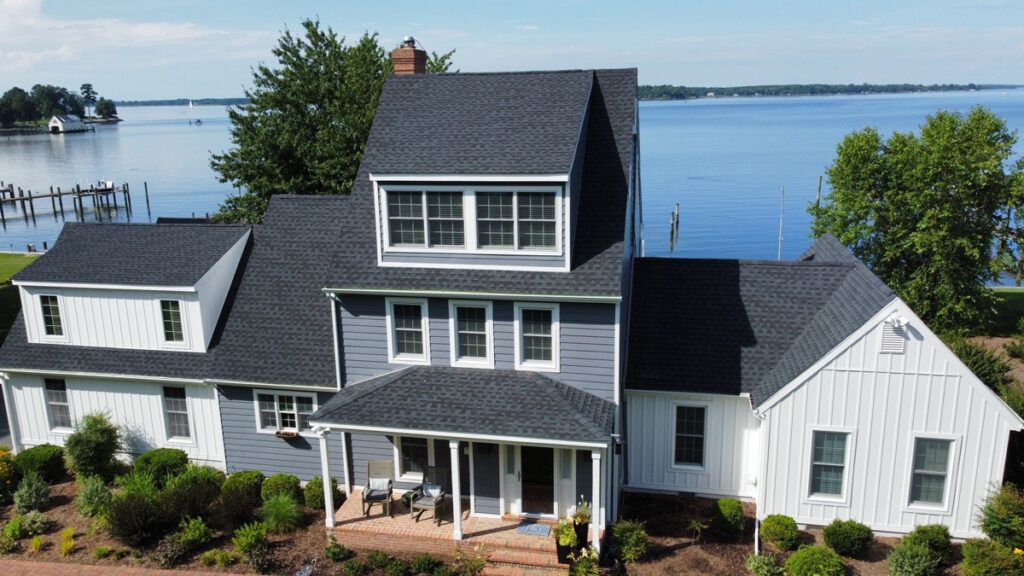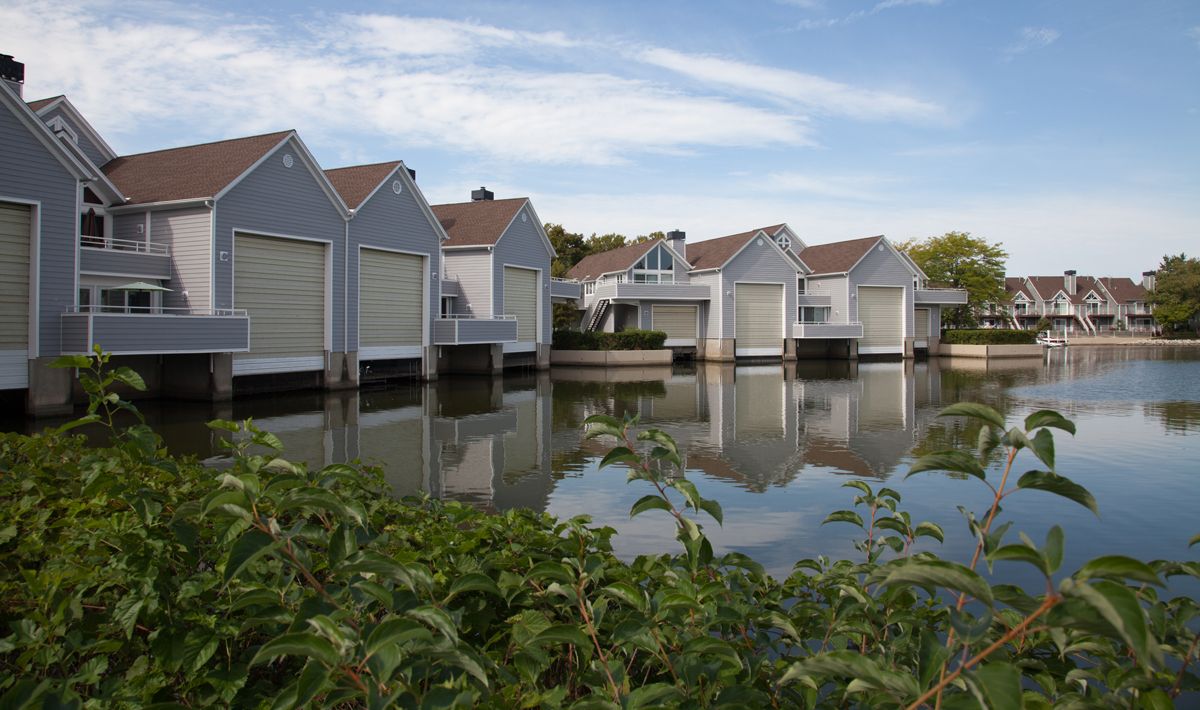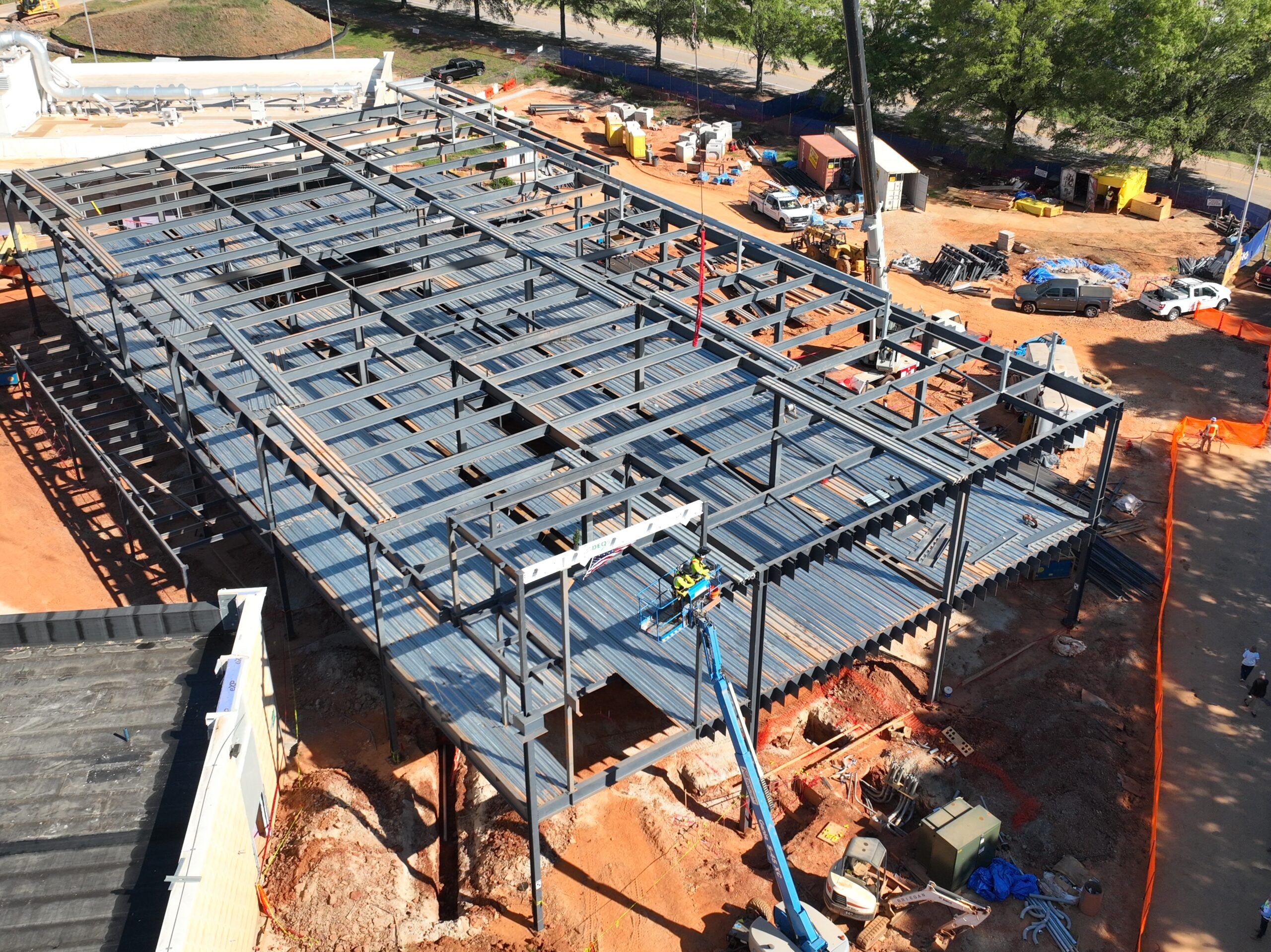The increased frequency and intensity of hurricanes and tropical storms in the U.S. over recent decades has resulted in stronger winds, heavier rainfall, and massive storm surges that can leave homes devastated. Siding is torn off. Windows are shattered. Doors are blown in. A standing structure can be destroyed in a matter of minutes.
For homeowners in coastal regions, these circumstances are far from uncommon. They’re unfortunately becoming the new normal. The southernmost states are not the only victims, either. For example, Hurricane Helene struck far inland in the mountainous region of Asheville, North Carolina, in September 2024, causing widespread flooding and devastation.
In areas prone to hurricanes and high winds, the criteria for choosing cladding must go beyond aesthetics, making product selection a critical decision for homeowners that are seeking to protect their property from destructive weather. Traditional siding options may fail under extreme weather and winds, leading to costly damage that compromises the safety of the structure.
When strong winds strike, a home’s exterior takes the brunt of the impact and siding is the first line of defense. Choosing a wind-resistant siding solution is critical for residential and commercial siding, particularly in hurricane-prone regions.
 A Strong Case for Composite Siding
A Strong Case for Composite Siding
One material that has proven its value in high-wind areas is composite siding. Unlike traditional siding materials, composite siding is impervious to water absorption and showcases impressive wind resistance qualities. It also protects against rot and insect damage, eliminating concerns of peeling, flaking, rotting, or cracking.
Industry leading composite siding products meet or exceed building code requirements in hurricane-prone states like Florida and Texas. These codes provide rigorous testing for wind loads, impact resistance, moisture management and overall structural performance. When selecting siding, it is important to determine what code criteria the material meets.
DBPR (Florida Building Code) #FL22980 – Florida Building Code (FBC) from the Florida Department of Business and Professional Regulation: The FBC is based on national model codes, primarily the International Building Code, but includes Florida-specific amendments to address unique environmental challenges such as high winds, wind-borne debris, elevated flood risk, and the effects of heat and humidity.
Texas Department of Insurance (TDI) #EC-107: TDI requirements are similar to Miami-Dade County and Florida Building Code standards, which were updated following Hurricane Katrina and Hurricane Rita for areas along the Texas Gulf Coast. These codes reflect the larger standards of the International Building Code and International Residential Code.
Proof in Punta Gorda
Like many towns across the state of Florida, Punta Gorda has been the scene of significant destruction over the years from numerous tropical storms and hurricanes. During severe weather in December 2021, the vinyl siding was torn off the Boudreau family home.
When it came time to rebuild, the Boudreaus sought to install a more durable product than the vinyl siding. They used the opportunity to replace the home’s entire exterior with a more robust product that could better withstand future weather damage. After considering fiber cement siding, the homeowners ultimately selected composite siding due to its strength and inherent wind resistance qualities.
Fast forward to October 2022 and Hurricane Ian made landfall in southern Florida. Neighboring homes to the Boudreau’s property that were also in the storm’s path experienced significant damage to the siding, gutters, roofing materials, and more. But the newly installed composite siding on the Boudreau residence withstood Hurricane Ian and the severe weather that came with it, including heavy rain and winds that peaked at 155 miles per hour.
“After Hurricane Ian, neighbors were even more impressed by the product,” homeowner Bob Boudreau recalled. “At first, it generated attention because of its appearance. Now it has demonstrated durability and performance under the harshest weather conditions. The product speaks for itself, and our home is the proof.”
 What Makes It Different?
What Makes It Different?
Industry-leading composite sidings that are manufactured via an extrusion process—such as advanced composite siding—possess superior dimensional strength compared to traditional siding materials. That, coupled with innovative designs, create a tight, stable connection between each plank.
Installed, the siding system provides exceptional resistance to wind and extreme weather. It is much different than traditional vinyl siding. In fact, some leading composites, like Everlast, are created from a specific compound of ingredients designed to make them some of the highest performing products on the market.
Beyond the system’s design that promises sturdiness on the wall, advanced composite siding is made from a unique composition of inorganic materials, polymer resins and acrylic colorants.
This creates a dense material that is significantly more rigid and durable than vinyl, fiber cement, or engineered wood siding. Its formula also offers exceptional durability against the elements, effectively resisting moisture, rot, warping and corrosion. This, in turn, ensures the structure remains intact should it face an extreme weather event.
Weathering the Storm
The home is the most prized asset for most Americans. As extreme weather events become more frequent and intense—especially in coastal and hurricane-prone regions—the importance of choosing resilient building materials cannot be overstated.
Homeowners now have more exterior cladding options when it comes to protecting against extreme weather.
Composite siding is one alternative that is leading the pack, providing more than just curb appeal and delivering proven performance where it matters most. Backed by rigorous testing and built to meet demanding codes and standards, it is engineered to withstand extreme wind events and other severe weather conditions.
When protecting your home is a top priority, durable siding designed for performance and longevity is the smart choice.
Daniel Franklin is Senior Product Manager at Chelsea Building Products, manufacturer of Everlast® Advanced Composite Siding with almost 20 years of experience in the Building Products industry. Based in Oakmont, Pennsylvania, Chelsea Building Products has been designing and extruding PVC and composite profiles for the building materials market used in windows, doors, shutters, mouldings and Everlast® Advanced Composite Siding.












